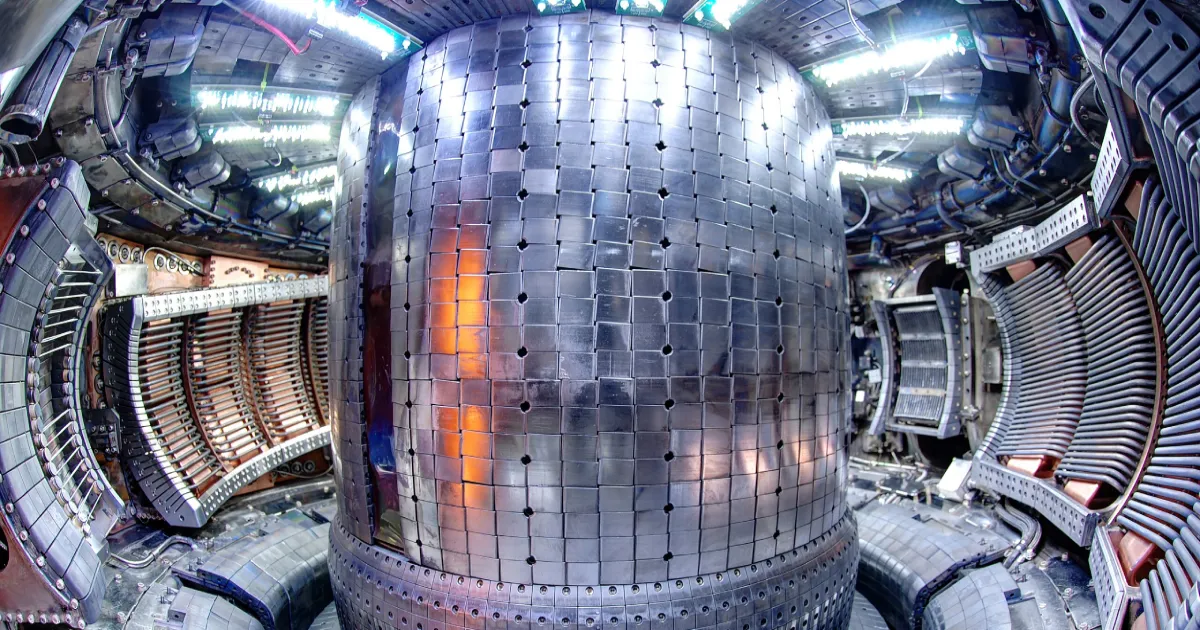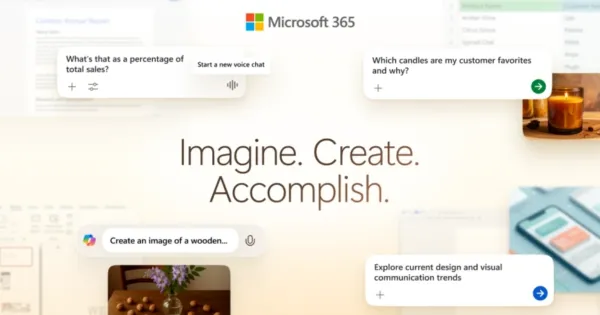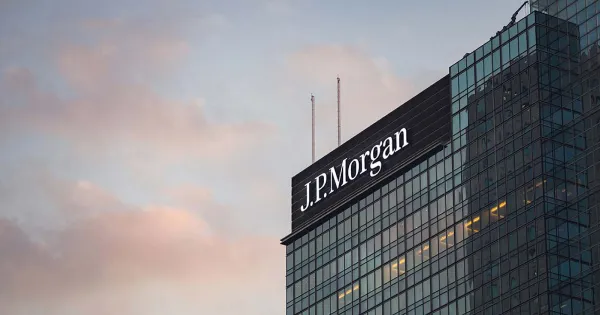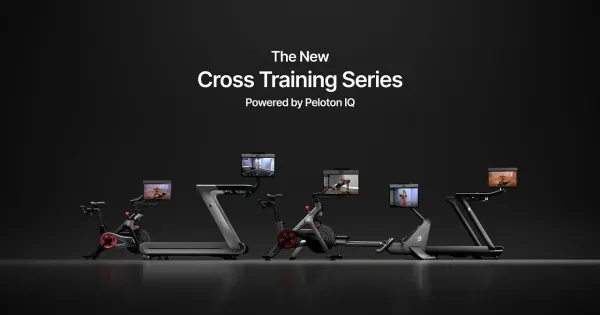Google signs first fusion power deal with Commonwealth Fusion Systems

Fusion power, long hailed as the holy grail of clean energy, took a decisive step closer to reality this week as Google announced a groundbreaking deal with Commonwealth Fusion Systems (CFS). In a move that signals growing corporate confidence in fusion’s future, Google will purchase half the output—200 megawatts—of CFS’s first commercial fusion power plant, Arc, slated to go online in the early 2030s.
A Vote of Confidence from Silicon Valley
The deal goes beyond just a power purchase. Google is also investing in CFS as part of a new funding round that CEO and co-founder Bob Mumgaard described as "comparable" to the company’s $1.8 billion Series B round in 2021—still the largest ever for a fusion startup. Google participated in that previous round as well.
“That’s a very strong demand signal,” Mumgaard said, noting that the fresh funding will accelerate critical R&D and help bring the Arc plant to market faster.
CFS is currently constructing a demonstration reactor called Sparc just outside Boston, scheduled for completion in 2026. The full-scale Arc power plant will be built in Richmond, Virginia, and will be capable of producing continuous, carbon-free electricity.
Why Google Is Making a Long-Term Energy Bet
For Google, the move reflects a strategic push to secure clean and reliable power for its growing energy needs. As artificial intelligence and cloud computing drive a global boom in data center construction, electricity demand is surging. One forecast projects that data center power usage will double by the end of the decade.
“To power all this, we know that we’re going to need to make big bets in this next frontier of energy innovation,” said Michael Terrell, Google’s head of advanced energy.
Google structures its energy strategy across three time horizons: near-term (solar, wind, and batteries), mid-term (geothermal and small modular nuclear reactors), and long-term—where fusion fits in. This latest investment aligns with that third horizon.
Fusion’s appeal lies in its potential to deliver constant, weather-independent power without carbon emissions or the long-lived waste associated with nuclear fission. “It doesn’t depend on geography or weather, doesn’t depend on access to special materials. It’s something that you could run 24/7,” Mumgaard said.
A Broader Trend: Corporate Power Purchases from Fusion Startups
Google is only the second major company to sign a power purchase agreement (PPA) with a fusion company. The first was Microsoft, which last year agreed to buy electricity from Helion’s future fusion plant, expected online in 2028.
These early PPAs are more than symbolic. They give fusion companies a clear market signal and financing leverage, while giving tech giants a potential edge in the race to secure clean, always-on electricity.
The Bigger Picture: A Diversified Clean Energy Portfolio
Google’s total renewable power purchases hit 8 gigawatts in 2024—twice its 2023 total. While wind, solar, and battery storage remain the core of its energy mix, Terrell acknowledged that not every region is well-suited to traditional renewables. The Midwest and Southwest offer strong solar and wind potential, but areas like the Southeastern U.S. or parts of Asia-Pacific pose greater challenges.
“In those places, you either overbuild renewables, which gets expensive, or you look for clean, firm technologies like fusion,” Terrell explained.
Interestingly, Terrell argued that even if fusion is initially expensive per megawatt-hour, it could lower the overall cost of decarbonizing electricity by stabilizing grids and reducing the need for overcapacity.
The Road Ahead
CFS’s commercial reactor still needs to be proven, but optimism is high. Once Arc is operational, Mumgaard believes demand will soar. “We expect that fusion can have a really big payoff,” he said. “Once it’s shown that you can do this and you have a first power plant up and running, you could scale it. You could build this around the world.”
Fusion energy has long been the future of clean power. With Google’s backing, that future just got a little closer.





